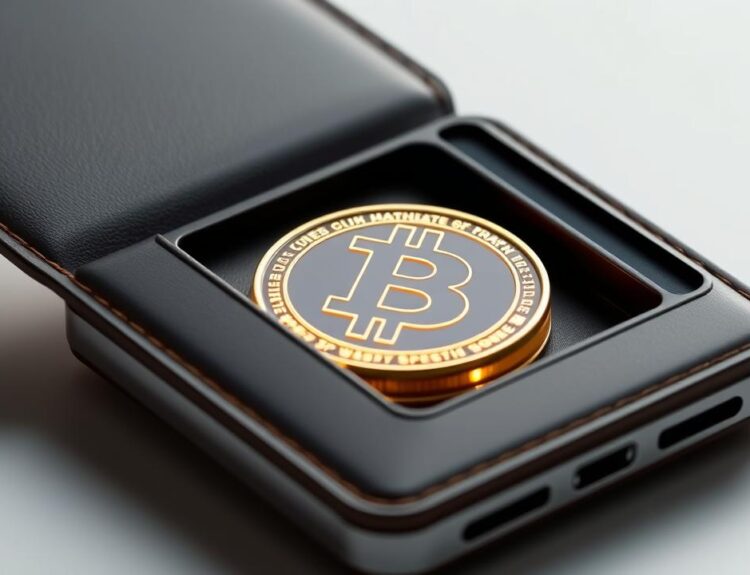Disclosure: The views and opinions expressed here belong solely to the author and do not represent the views and opinions of Global Crypto News’ editorial.
Panelists Discuss the Future of Tokenization at Eurasia Blockchain Summit
Tim Bailey, VP of Global Business & Operations at Red Date Technology, William Quigley, a cryptocurrency and blockchain investor and co-founder of Wax and Tether, and I, Selva Ozelli, had the opportunity to participate in the Eurasia Blockchain Summit. Our discussion centered on the “Future of Tokenization.”
Early Stages of Tokenization
Tim Bailey noted that while tokenization is still in its early stages, Red Date Technology is playing a crucial role in building new global digital infrastructure for digital payments and central bank digital currencies (CBDCs). So far, 134 countries and currency unions, representing 98% of global GDP, are exploring a CBDC to tokenize the global financial and banking systems. Three countries have fully launched a CBDC: the Bahamas, Jamaica, and Nigeria.
Red Date Technology’s Role
Red Date Technology acts as the technical architect for several key products, including a blockchain-based service network (BSN) and a universal digital payments network (UDPN). UDPN supports government-regulated digital currency systems involving regulated digital currencies, stablecoins, and CBDCs. Tim Bailey explained:
“Universal Digital Payments Network (UDPN) has successfully launched an All-in-One Digital Currency Sandbox that empowers central and commercial banks to test and build innovative use cases with all forms of regulated digital currencies in a real environment. The UDPN All-in-One Digital Currency Sandbox will help prepare financial institutions for the new digital financial world.”
Bailey also highlighted the collaborative efforts with over 25 global commercial banks, central banks, and technology companies to build innovative new services.
Global Efforts in Tokenization
The UDPN team contributes to global efforts involving organizations like the International Monetary Fund, the World Bank, Switzerland’s Central Bank, and the Monetary Authority of Singapore’s Project Guardian. They collaborate with public and private sector partners such as HSBC, Standard Chartered, and Deutsche Bank to test new forms of digital currency and digital asset technologies.
William Quigley’s Perspective
William Quigley shared that he recognized the potential of tokenization back in 2014 when he co-founded Tether, the world’s first and most traded stablecoin. He believes tokenization can transform digital asset trading, including NFTs, as well as assets like stocks and bonds. Quigley also emphasized the importance of NFTs in the global tokenization trend, forecasting significant growth in utility NFTs, collectible NFTs, and web 3 gaming NFTs.
“I think that within the next 10 to 15 years the world will transition to using digital currencies and that paper currencies will be something of the past.”
Collaborative Regulatory Efforts
Global regulators are collaborating to design digital asset legal frameworks covering tax, money laundering, and banking laws to ensure consistency across jurisdictions. The Organisation for Economic Co-operation and Development approved the Crypto-Asset Reporting Framework (CARF) in August 2022, with 48 countries pledging to implement it.
The Financial Action Task Force (FATF) issued money laundering standards on virtual assets and virtual asset service providers (VASPs) in 2019. Chainalysis reported that 58 jurisdictions have conducted or are in the process of conducting risk assessments covering virtual assets and VASP transactions.
US Digital Asset Regulation Updates
In the US, the bankruptcy of FTX led to heightened scrutiny and calls for regulation of the digital asset industry. The industry is urging support for The Financial Innovation and Technology (FIT) for the 21st Century Act (HR 4763), which proposes splitting digital asset oversight duties between the SEC and the CFTC. The bill also includes provisions for stablecoin regulation and whistleblower protection.
Additionally, the IRS recently issued the draft Form 1099-DA for digital asset brokers to report transactions next year. This form includes details like acquisition date, cost basis, transaction date and time, sales proceeds, and gross proceeds of all digital asset transactions. Notably, gains from digital asset collectible NFTs are taxed at a 28% rate, higher than current capital gains rates.
Stay updated with the latest news and developments in the cryptocurrency world on Global Crypto News.























